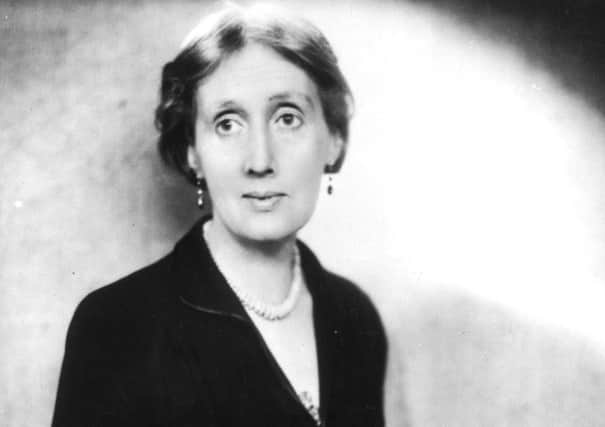Outsider women whose words can change lives of readers


Do we go to works of literature to be shown where we stand, or to be taken out of ourselves; to find what is familiar, or to discover what is new; to be reassured, or to be challenged?
Four short films on major 20th-century women writers – all of whom feature on a new English Literature module at The Open University – explore these questions from the perspective of members of the module team. Personal in tone and approach, the films present Katherine Mansfield, Virginia Woolf, Jean Rhys and Jeanette Winterson as writers who have had a particular impact on the academics who have written the module material, giving them the opportunity to express their long-lasting fascination in a way that formal module material does not allow. Mansfield, Woolf, Rhys and Winterson share key aims and interests, these films suggest: in marginalised or alienated characters, and in finding new ways to tell stories by experimenting with form and literary expression.
Advertisement
Hide AdAdvertisement
Hide AdWoolf was intent on exploring time, memory and the association of ideas in ways that have gradually impressed on Sue Asbee how far supposedly “inconsequential moments” – “memories from childhood”, say – came to be the basis of her own identity.
Katherine Mansfield revealed her interest in form by focusing on the short story, long considered the poor relation of the novel. Delia Da Sousa grew up in New Zealand, Mansfield’s birthplace, and she and her peer group all read one of Mansfield’s most famous stories, “The Garden Party”, at school. For Da Sousa, Mansfield has never lost the ability to “take the breath” through the “sheer musicality of her prose”. The transitional energies associated with modernism created the perfect crucible for these writers’ desire to, as Fiona Doloughan says, “find fresh ways to create new stories”.
She is talking about Winterson’s re-invention of the Classics, which came later in the 20th century, but continued in a powerful tradition of experimentation, as these films reveal. Influential as these writers are considered to be today, their audience was not always so assured – and in some cases has changed in nature. Over the span of her career, Winterson’s appeal has expanded from its radical base to more Establishment circles, while Jean Rhys had fallen out of view completely in the years before the publication of Wide Sargasso Sea (1966).
Mansfield was read widely, from the time she first published in little magazines, but her focus on the short story meant her reputation took time to develop. Woolf’s legacy of the “stream of consciousness”, however, along with other techniques adopted and adapted by writers down the century, created a rich stream of influence as well as a large and devoted readership.
The films focus our thoughts on the notion of the outsider. Each of the writers experienced life as an outsider in different ways: as women in the worlds of education and letters; as a result of nationality or class or sexuality. This may be one reason they offer outsiders of all kinds a literary home.
Steve Padley sums up their contribution to literature in his personal testimony to Rhys’s achievements: she provided a “voice for the voiceless”. Each of the films offers answers to the questions posed at the start of this article, telling us something important about the relationship between an individual reader and a significant book or author.
Literature can be a powerful tool. Woolf’s literary fixation with fragments and patterns made Asbee rethink the relationship between the fleeting and the permanent in her own life. Da Sousa remarks on the physical impact of Mansfield’s newly vital stories. Winterson’s combination of intellect and passion inspired Doloughan’s own obsession with unconventional heroines – revealing the life-affirming quality of literature that takes risks and explodes boundaries. Whereas an encounter with Jean Rhys, Padley argues, can be a literary lifeline for anyone who feels excluded. Finding the right author, reading the right book, are transformative acts. Who’s your author?
• Dr Sara Haslam is Senior Lecturer in English at The Open University, and Chair of the Ford MadoxFord Society. You can contact her at [email protected]. To see the Women Writers: Voices in Transition, films, visit https://www.youtube.com/playlist?list=PLhQpDGfX5e7B2i42vXGMsj5f8so40sZkt
SEE ALSO